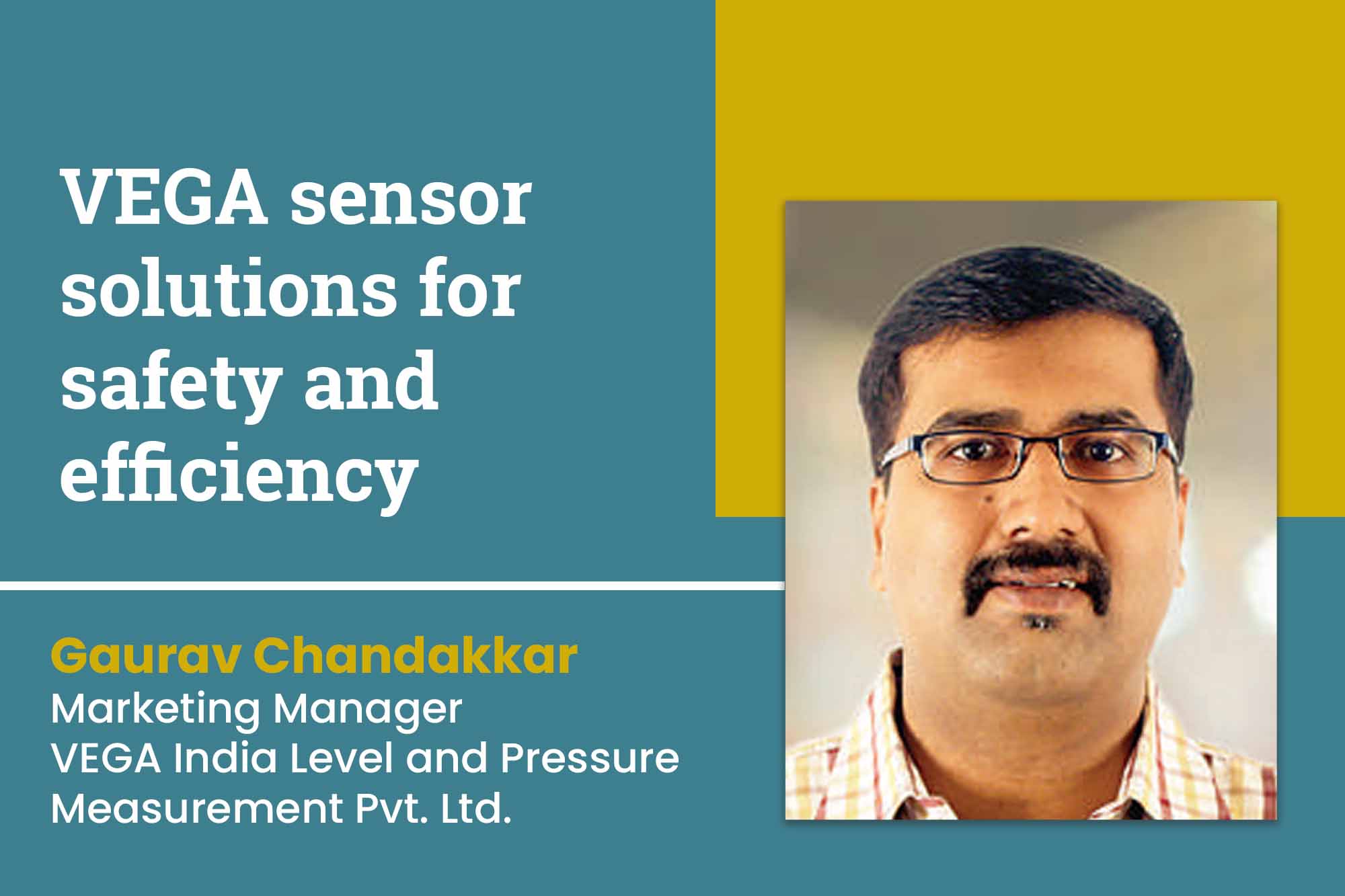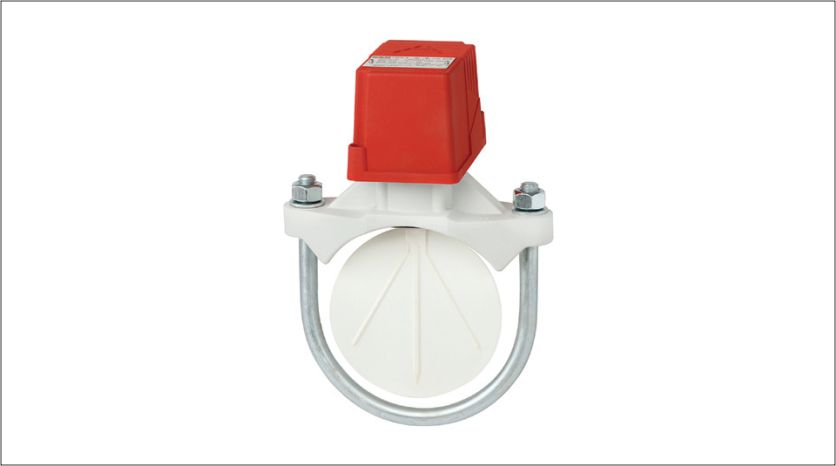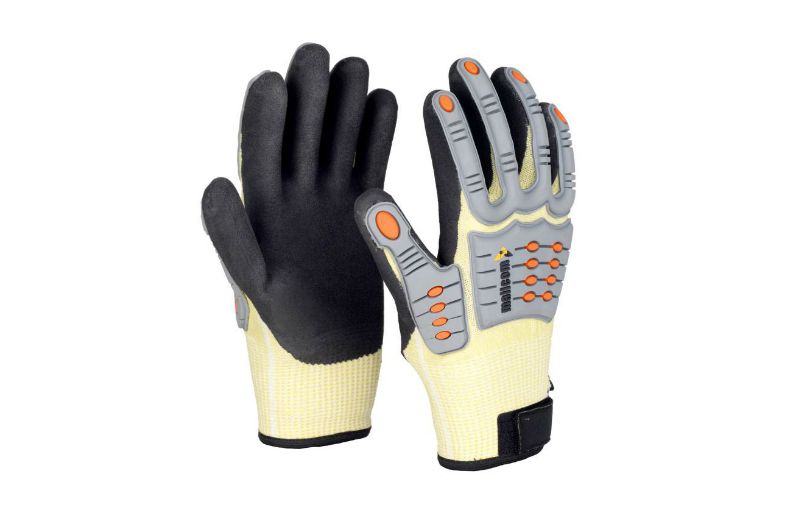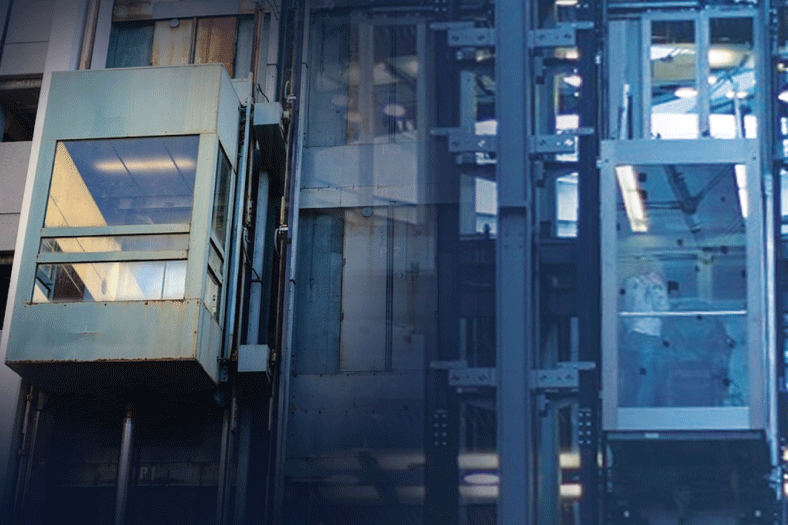Enhancing manufacturing efficiency with adequate security systems
By OEM Update Editorial April 2, 2021 7:50 am IST
Talking about the security trends, industry notes, how cyber-security is positioned as one of the key requirements when it comes to safety and security.
Manufacturing thrives on the efficiency and security of its distribution centres and supply chain management. Security providers have a significant role to play here in identifying potential and non-potential security threats through customised solutions that support the evolving supply chain requirement. Many companies are already harnessing the latest technologies such as automation and robotics, not just for productivity gains, but also as part of safety protocols. Where there is lesser human intervention, there will be fewer human errors during manufacturing processes. Manufacturers with inadequate cybersecurity also risk their intellectual properties (IP) such as new technologies/products, confidential designs/formulas, and manufacturing processes being compromised by outside actors and internal threats. These IPs can then be sold to potential buyers, including competitors, or heavily advertised across the Dark Web. India has immense potential of benefitting from the technology if it improves its infrastructure and skills that will help support the adoption of new technologies.
Many IoT-enabled devices commonly leveraged by manufacturers such as sensors, barcode readers; quality control systems, inventory management solutions, etc. come with weak or minimal security. Such unsecured connected devices present a lucrative avenue to cybercriminals to attack and infiltrate the larger enterprise network. While both businesses and individuals have been quick to adapt, their focus has mostly been on maintaining business continuity. Governments and corporations alike are leaning heavily on technology for their primary modes of communication and information sharing. Likewise, the manufacturing sector – especially factories dependent on manually-operated machinery – are now looking for ways to scale up automation to at least enable basic processes to be carried out remotely, in order to limit the number of workers that must be physically present on the factory floor.
New measures coming up to enhance cyber security in manufacturing industry
ERIKS, a global provider of technical components and services, has identified various customised safety parts that to improve the safety of their production facilities. The company has been leveraging 3D printing for the creation of tools to enhance on-site safety. Benjamin Tan, Vice President, Ultimaker Asia Pacific, talks about “Ultimaker’s collaboration with an F&B conglomerate, wherein their team set up a 3D printing lab in its Seville plant to improve output, uptime and safety. To enhance safety standards, the team has printed safety latches that are used during machine maintenance. Cybersecurity is even more complicated and multi-faceted in the industrial, manufacturing, pharmaceutical, and R&D, sectors. Companies in this space face the challenge of merging legacy infrastructure, decades of paperwork-based record-keeping, as well as on-site machinery and information-sharing systems while having to ensure that intellectual property, as well as safety and quality standards, are not compromised.” These latches automatically lock when machines stop operating to prevent anyone from accidentally starting a machine while someone is doing maintenance.
Kunal Nandu, Director, Vinay Electrical Solutions says, “Adoption of safety norms is restricted to compliance of basic requirements for major companies. Very few companies are quick in adapting to the latest safety norms and technologies. Manufacturers like us need to evolve with the times and cater to safety measures in order to maintain a safe place. 3D visualisation software is one technology that can create different environments which helps in training the workers of dangers and risks well in advance.”
Focusing on enhancing the safety aspect of your facility
Tan talks about Ultimaker’s S5 Pro Bundle that comes with an Air Manager with an EPA filter that removes up to 95 percent of all ultrafine particles (UFPs). He says, “Compared to third-party covers, Ultimaker provides a solution for which the ultrafine particle filtering has been independently validated, thus providing a work environment that is free of fumes during the printing process.”
Talking about safety, Suresh Tanwar, Head of Audit and Consultancy, British Safety Council India suggests that capturing unsafe conditions on the mobile phone can help the concerned department to review the site. He states, “Some companies have started using virtual reality (VR) training programme for appropriate application of safety measures in the vicinity.” He further emphasised that VR may be the future, but for now, very few companies are using it.
Training to ensure safety and security of your factory manpowerAs we see more and more connected devices with the proliferation of IoT as well as companies undergoing digital transformation, the threats of cyberattacks on network infrastructures become more real and prevalent. On this note, Tan says that system security is vital for Ultimaker, and hence it has implemented multiple security layers like Data Sharing Ultimaker Cloud, Marketplace and community forums, Data Centre Security Ultimaker cloud, Security Ultimaker and internal controls. It hosts information and saves it in its cloud system, which cannot be accessed by any external party. It also has Google Cloud Platform (GCP), where data is stored redundantly across multiple devices and various environmentally controlled facilities. Tanwar adds, “Since its foundation in 1957, the British Safety Council has campaigned tirelessly to protect workers from accidents, hazards, and unsafe conditions, and played a decisive role in the process that has led to the adoption of landmark health and safety legislation in the UK. Its members in more than 60 countries are committed to protecting and improving the wellbeing of workers, believing that a healthy and safe work environment is also good for business. We promote the adoption of health and safety standards, including the new international standard ISO 45001 through our networks, such as the India Safety Leadership Group, providing speakers at conferences, workshops and training and encouraging participation in our campaigns. Through our consultancy and audits, we support organisations to meet the very highest standards.”
To conclude, acceptance of productivity benefits through digital transformation brings along with it new risks that could cost money, jobs or even threaten projects of national importance through cyberattacks. These attacks may be to steal sensitive information, cause damage or extort money. To deal with such challenges, staff must be equipped to recognise and react to such threats. Moreover, manufacturing facilities must insist technology suppliers to provide regular security and software patches along with regular audits.
“Cybersecurity is even more complicated and multi-faceted in the industrial, manufacturing, pharmaceutical, and R&D, sectors”
Benjamin Tan, Vice President, Ultimaker Asia Pacific
“Adoption of safety norms is restricted to compliance of basic requirements for major companies.”
Kunal Nandu, Director, Vinay Electrical Solutions
“Some companies have started using virtual reality (VR) training programmes for appropriate application of safety measures in the vicinity.”
Suresh Tanwar, Head of Audit and Consultancy, British Safety Council India
Cookie Consent
We use cookies to personalize your experience. By continuing to visit this website you agree to our Terms & Conditions, Privacy Policy and Cookie Policy.


















